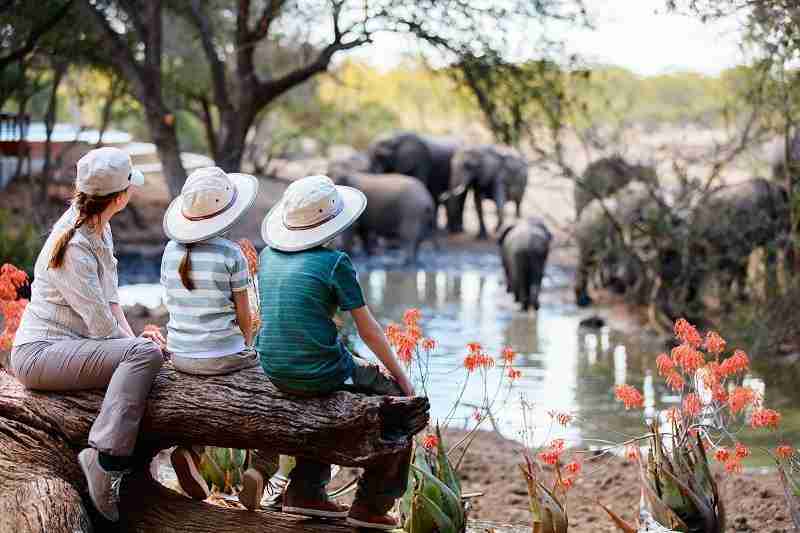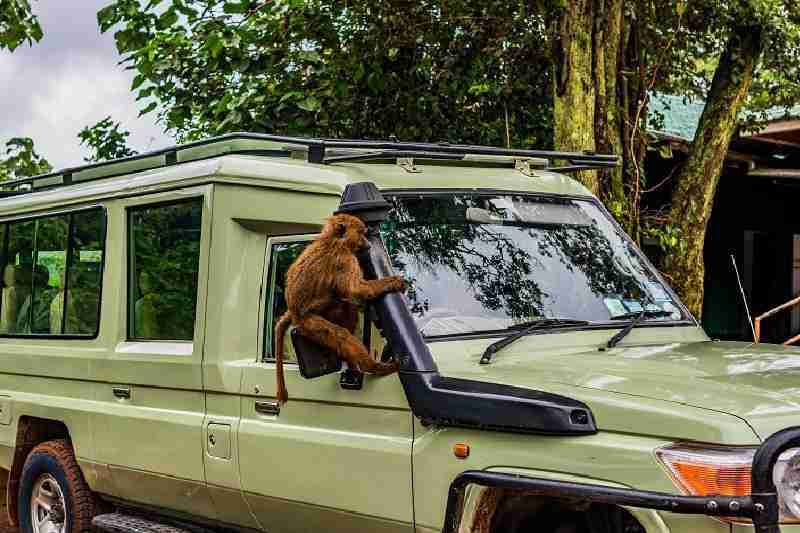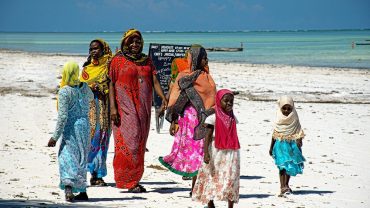Quando le persone fanno un safari hanno a malapena una vera idea dell’abbigliamento. Come ci si veste? Alcuni turisti indossano solo abiti estivi, come se andassero al mare in un giorno di luglio! Altri, invece, indossano troppe protezioni, il che può essere una pessima idea nel caldo e nell’umidità africani. Quindi, prima di intraprendere queste affascinanti avventure, siate preparati e ben informati su cosa indossare. E ricordate: ci sono differenze tra abbigliamento uomo e abbigliamento donna, abbigliamento stagione secca e abbigliamento stagione piovosa. Se seguirete i consigli giusti, vi divertirete moltissimo e sarete anche voi parte dell’ambiente selvaggio dell’Africa.
Abbigliamento da safari, cosa indossare
Fondamentalmente, se andate in safari in Africa dovrete essere pronti a qualsiasi condizione climatica ea qualsiasi cambiamento. Prima di tutto, vestitevi a strati, dai tessuti più leggeri a quelli più pesanti. Portate nella borsa vestiti e giacche di lana e usateli solo se necessario, oppure indossateli e toglieteli se non vi servono. Assicuratevi di indossare principalmente abiti in tessuto naturale: cotone, lino, lana. Non potrete permettervi di avere problemi allergici quando camminate nella savana!
Attenzione ai colori! Niente vestiti bianchi e niente vestiti neri, nemmeno colori accesi. Indossate tonalità neutre e delicate di colori come beige, ocra, sabbia, grigio o diverse tonalità di verde. Dovrete mimetizzarvi nella natura e non starne fuori!
Gli indumenti devono essere camicie a maniche corte e pantaloni lunghi. Indossate calzini spessi e scarpe alte, o molto meglio stivali. Assicuratevi comunque che siano scarpe comode. Portate con voi anche magliette a maniche lunghe o maglioni, giacche, cappotti a volte. Potreste averne bisogno nel tardo pomeriggio, di notte o in montagna.
Non dimenticate mai: cappelli, berretti, occhiali da sole, coperture impermeabili. Per quanto riguarda i vestiti mimetici, chiedete alle guide. In alcuni stati africani sono illegali. Non indossate oggetti luccicanti o scintillanti (gioielli, orologi, fibbie) che potrebbero spaventare o disturbare gli animali.

Abbigliamento da safari, uomo e donna
L’abbigliamento sopra menzionato può andare bene sia per uomini che per donne. Si consiglia a tutti di usare quei vestiti. Ma a volte gli uomini hanno meno problemi per l’abbigliamento. Hanno solo bisogno di pantaloni, camicie, giacche, cappelli... essere comodi è il loro obiettivo principale. Le donne, però, preferiscono apparire belle anche quando affrontano l’avventura. Quindi, potrebbero preferire indossare top semplici e coprirli con veli o scialli per sentirsi più leggere.
Anche le donne possono indossare sciarpe, per proteggere la pelle dal sole e dalle zanzare. Per quanto riguarda i pantaloncini e le minigonne, meglio dimenticarli! Rettili e insetti vi rovineranno le gambe e metteranno a rischio la vostra salute. Va bene indossare gonne lunghe, però, associate a stivali lunghi. Niente tacchi, ovviamente! Consigliatissimo: reggiseni sportivi, cappelli grandi, occhiali da sole, stringhe per capelli.
Clima diverso, abbigliamento diverso
Gli indumenti di base che abbiamo descritto sono quelli da tenere sempre in considerazione, prima di prenotare un viaggio safari. Ma a seconda della regione e del clima, si può aggiungere o tralasciare qualcosa. L’Africa non è “calda e umida” tutto il tempo. Le montagne possono essere fredde. I deserti sono molto caldi di giorno e molto freddi di notte. La stagione delle piogge è pesante, a volte. Se il vostro safari è in Africa meridionale potreste avere un clima estivo molto simile a quello mediterraneo. In tal caso, assicuratevi di indossare cappelli e tessuti naturali a maniche corte.
Se il safari sarà nelle regioni umide, lungo laghi o fiumi, o se andrete durante la stagione delle piogge indossate giacche impermeabili, stivali, giacche a vento. In questa situazione è consentito indossare tessuti sintetici anziché naturali, perché si asciugano rapidamente dopo la pioggia. Fare escursioni in montagna o sui vulcani significa che potreste dover affrontare temperature più fredde. In tal caso, assicuratevi di avere con voi vestiti di lana e giacche invernali.






Comment (0)